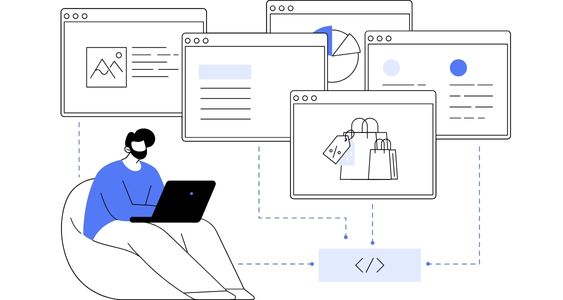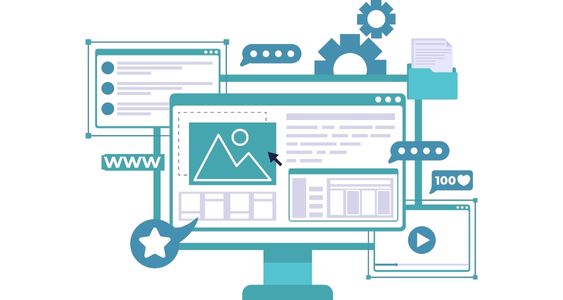Web scraping is an essential technique for anyone looking to gather large amounts of information from the internet efficiently. Whether you want to analyze trends, collect data for market research, or simply extract useful information for personal projects, learning how to data scrape a website can provide countless opportunities. In this guide, we’ll explore what web scraping is and why it’s useful, and offer practical insights into the process.
What Is Web Scraping?
Web scraping involves automatically extracting data from websites and organizing it in a structured format, such as CSV files or databases. This method allows users to gather vast amounts of data in a short time, making it a powerful tool for research, business analysis, and personal projects.
For instance, you may want to track product prices across multiple e-commerce sites or collect job listings from various platforms. Web scraping makes these tasks easier by automating the process, saving you the time and effort of manual data collection.

How to Data Scrape a Website
Learning how to data scrape a website involves understanding the structure of a webpage and using tools that can extract specific data. Here’s a simplified approach to how web scraping works:
- Choose the Website: The first step is selecting a site that contains the data you need. Websites with publicly available information, such as e-commerce platforms, blogs, and job boards, are common targets for scraping.
- Extract the Data: Once the site is chosen, the next step is to extract the desired data from the webpage’s HTML structure. This typically involves identifying the specific tags or attributes (like divs, classes, or IDs) where the information is located.
- Store the Data: After extraction, the data is stored in a structured format, such as a CSV file or a database. This makes it easier to analyze and utilize for further research or decision-making processes.
Benefits of Web Scraping
Web scraping provides numerous advantages for both individuals and businesses:
- Automation: Instead of manually collecting data, scraping automates the process, saving time and effort.
- Data Collection at Scale: Scraping allows you to gather large amounts of data across multiple websites, giving you access to more comprehensive information for analysis.
- Real-Time Updates: Scrapers can be set up to run regularly, allowing you to monitor changes, such as price updates or job listings, in real-time.
Examples of How to Data Scrape a Website

Here are a few practical examples of web scraping in action:
- Market Research: If you’re researching product trends, scraping data from e-commerce websites can help you analyze pricing, availability, and customer reviews. For instance, a business may want to track competitor prices to adjust its strategy.
- Job Listings: Companies and job seekers can scrape job portals to collect information about available positions, required qualifications, and company details. This can be used to identify market needs or track industry trends.
- Content Aggregation: Web scraping is also commonly used to collect content from multiple sources for aggregation platforms, news websites, or blogs. This ensures that users have up-to-date information from various sources in one place.
Key Considerations When Scraping
While learning how to data scrape a website is relatively straightforward, there are a few important things to keep in mind:
- Website Permissions: Not all websites allow scraping. Always check the robots.txt file of the site you wish to scrape to ensure that you’re not violating its terms of use. Scraping websites that prohibit it could result in your IP being blocked or even legal consequences.
- Data Accuracy: The quality of the data collected depends heavily on the structure of the site. If a site updates its layout or content frequently, your scraper may need adjustments to ensure it continues to collect accurate information.
- Ethics and Legal Issues: Scraping should always be done ethically and within legal boundaries. Some websites have restrictions on scraping, particularly when it comes to user data. Always be aware of these guidelines and use the data responsibly.
Conclusion
Learning how to data scrape a website offers valuable opportunities for individuals and businesses to collect large amounts of data efficiently. Whether for market research, job tracking, or content aggregation, web scraping can automate tasks and provide real-time insights. However, it is crucial to respect the rules set by websites, ensure data accuracy, and navigate the challenges that come with scraping responsibly. With the right approach, web scraping can unlock a world of information and make data collection more accessible.
See Also: Fax on the Go: How to Fax Important Documents Using Your iPhone










